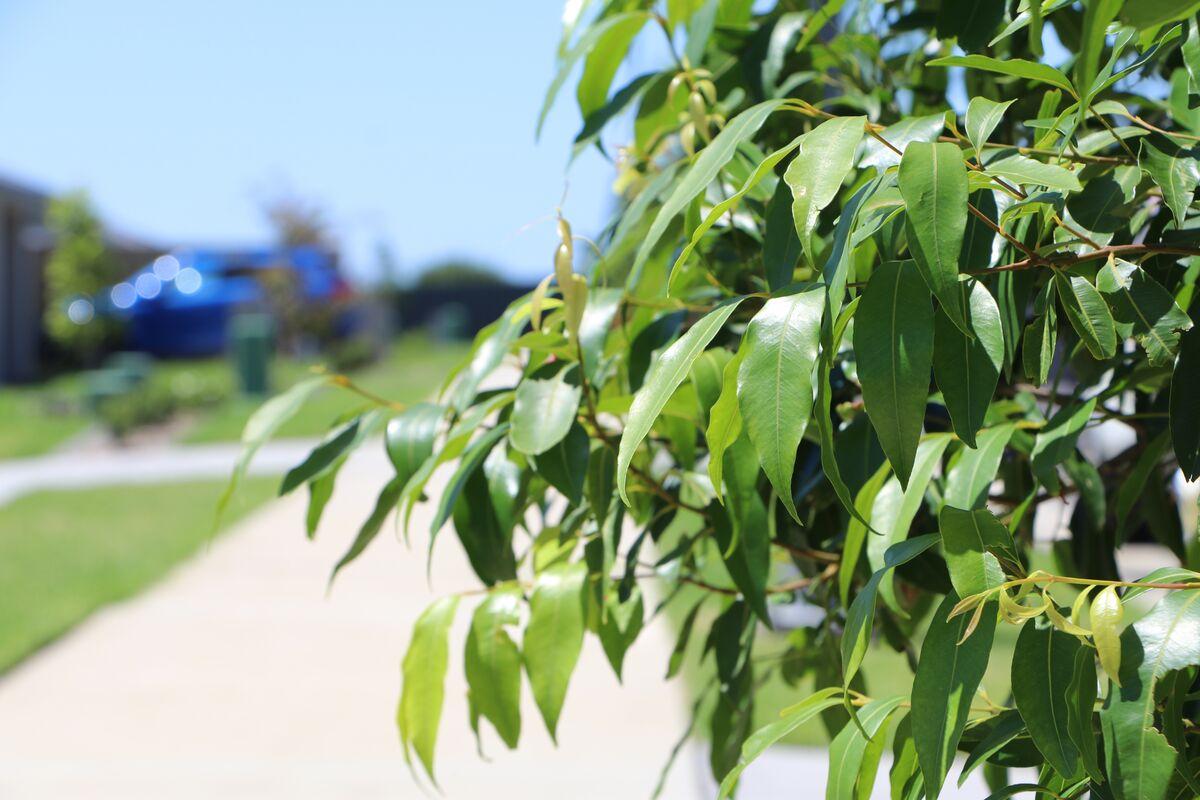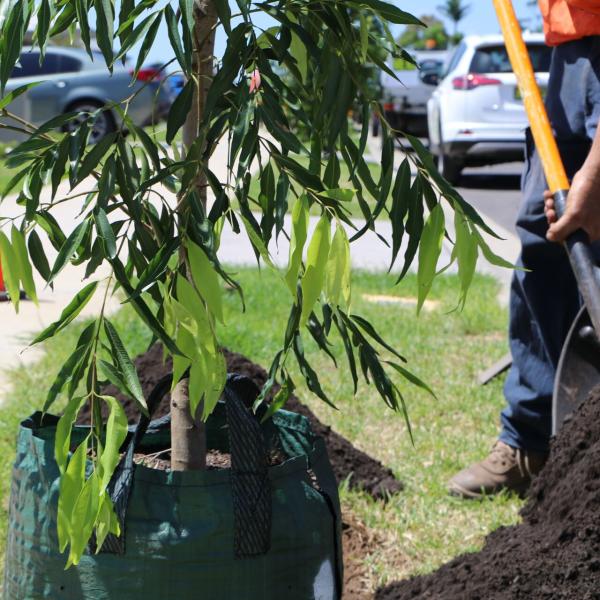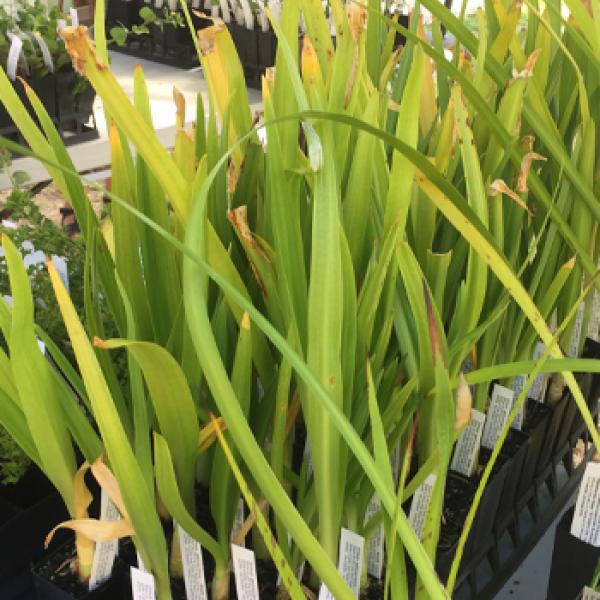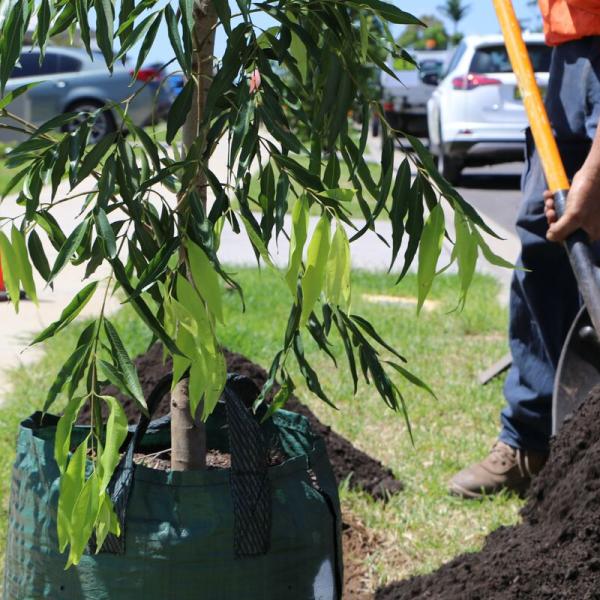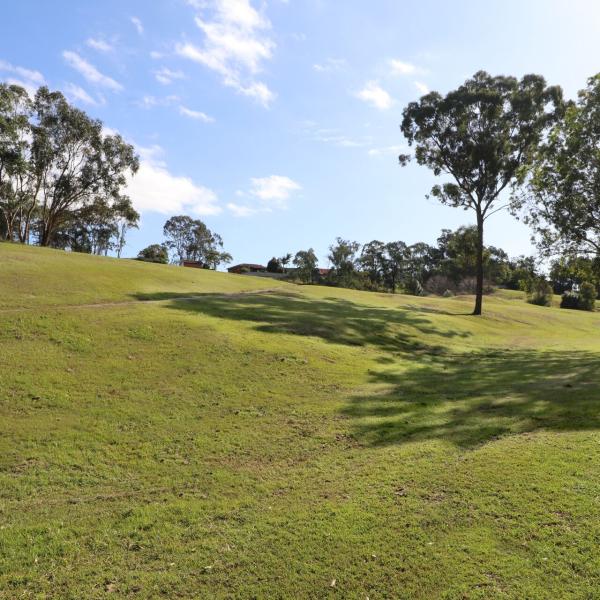Building a greener future for Maitland
Our Greening Plan aims to enhance the urban environment with strategic plantings, seedlings, and street trees. These efforts help create a cooler, more sustainable city, improve air quality, and support a vibrant ecosystem.
Strategic targets we are meeting
Creating biodiversity corridors
This is helping us achieve Goal 1.1 of our Green & Blue Maitland target.
Creates community engagement and spaces
This is helping us achieve Goal 1.4 of our Green & Blue Maitland target.
Increases canopy cover in residential areas
This is helping us achieve Goal 2.3 of our Livable & resilient communities target.
Get involved
Join local planting events, request street trees, or use our free native seedling giveaway to help make Maitland greener and more resilient.
Upcoming Greening events
Native seedling giveaway
Maitland residents can attend seedling giveaway events held throughout the year to receive free native shrubs and groundcovers suitable for urban backyards, with shrubs typically growing up to 3-4 meters tall. Tenants are required to get landowner approval before collecting.
Each household can collect up to 6 seedlings for one property, available while stocks last. Proof of Maitland residency is required.
- No upcoming events
Community planting days
Council hosts Community Planting Days in Autumn and Spring, inviting residents to plant trees and ask environmental experts about biodiversity. Bring a hat, drink bottle, gloves, long sleeves, pants, and enclosed footwear to participate as we work together to green Maitland’s local spaces.
- Sunday 27 July, 9am
Beaufort Circuit, East Maitland
This planting event will celebrate National Tree Day.
Green Communities workshops
The Council runs periodic community workshops on living a more environmentally sustainable life, covering topics such as backyard gardening, waste management, stormwater management, energy and water use, and planting native vegetation.
- No upcoming events
Find your community
Home and street trees
Follow our progress
Greening report card
Explore our Greening Plan report card to see how we're enhancing biodiversity and habitat with over 85 hectares revegetated.

